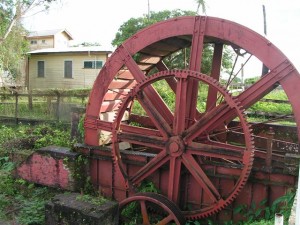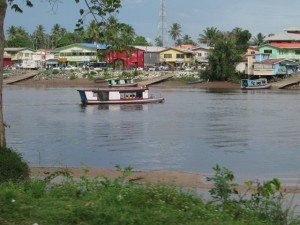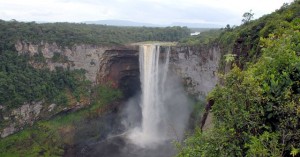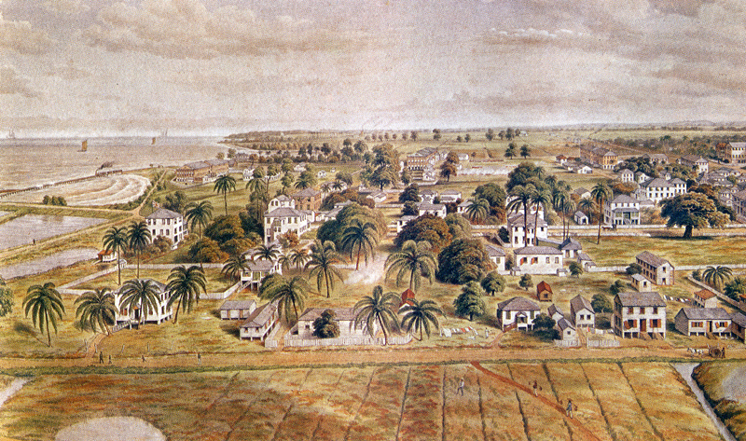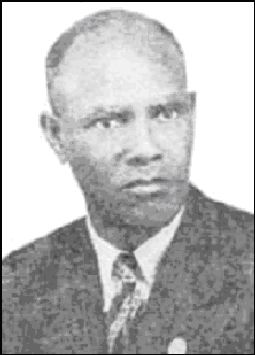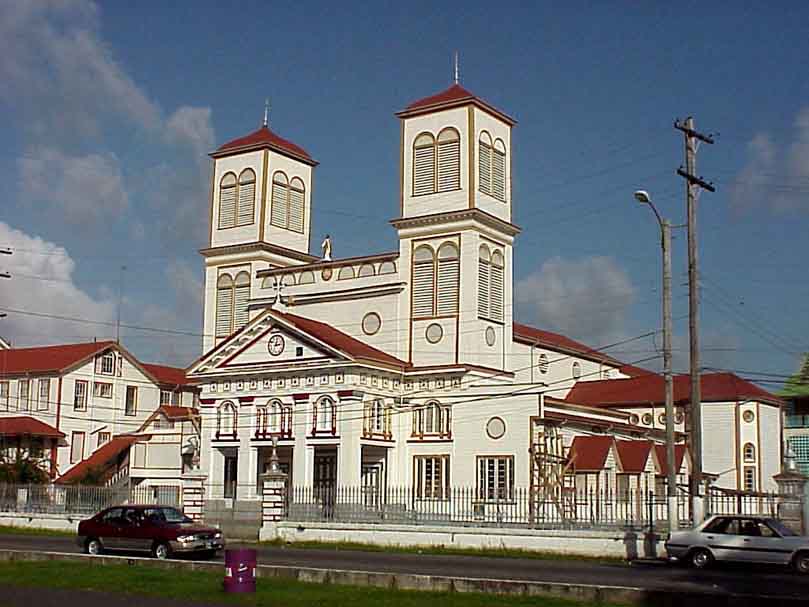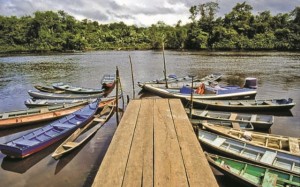
The National Trust of Guyana published a booklet that focused on Guyana’s “Heritage of Water”. The Trust looked at water as a catalyst for Guyanese economic, environmental, cultural and social development and achievements.
It noted that water “inspired various aspects of educational and vocational endeavour, especially in areas of art, poetry and literature, while shaping our intangible cultural values associated with beliefs, religions and other practices.”
Guyana’s waterways have helped shape our infrastructure, exports, environment and human settlement from the moment the territory was discovered and explored. Guyana’s many historical and modern structures often arise from early and contemporary inhabitants’ need for and use of water, as do its main ports and crops.
